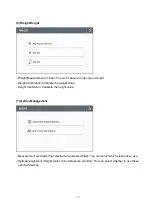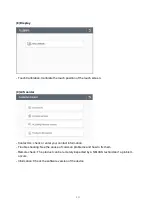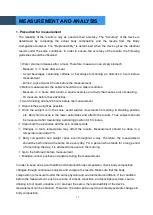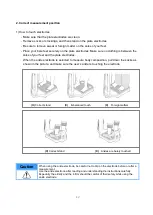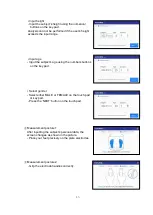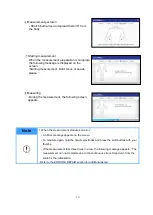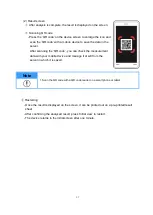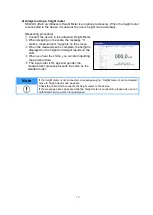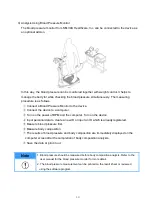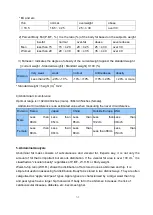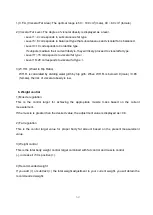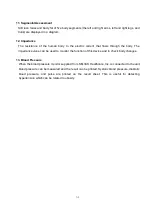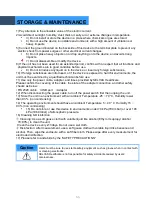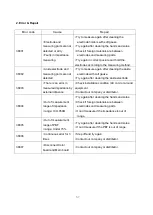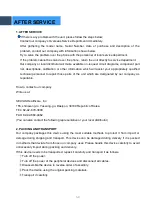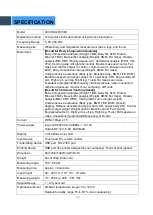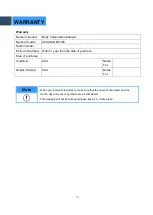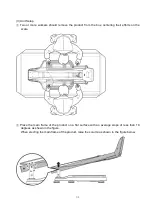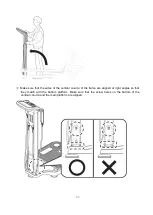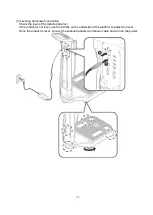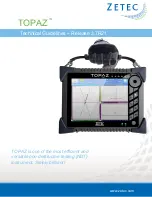
53
7. Assessment of E.C.W./T.B.W.
Edema is the result of an unbalanced state of intra and extra cellular water. Edema can increase
when eating salty food, as a result of malnutrition, postpartum, exercise, temporary fatigue etc. It is
measured in 3 levels: Optimal, Borderline, Over.
8. Body composition changes
Check for changes in weight, body fat, and skeletal muscle comparing previous and present
measurements.
9. Overall evaluation
1) Body Type
Body type is determined by B.M.I and P.B.F. Body type is classified as 1 of 9 types; Low fat Low
weight, Low fat Muscular, Athletic, Low weight, Standard, Over Weight Muscular, Thin fat, Over fat,
Obese.
2) A.M.B. (Age Match of Body)
The estimated physical age of the subject based on the body composition analysis result, gender,
and biological age. This is calculated by comparing the optimal body composition based on the
gender and biological age of the subject with the actual analyzed body composition. It can be used
to evaluate the subject’s health and body development.
3) B.M.R. (Basal Metabolic Rate)
B.M.R. refers to the calories required to maintain the human body's
basic functions such as
heartbeat, brain functions, neural transmission, and regulation of body temperature and so on.
B.M.R. is proportional to S.L.M., because body fat stores energy while muscle consumes energy.
Therefore, even if the weight of 2 people is the same, the person with more muscle has a higher
B.M.R.
4) T.E.E. (Total Energy Expenditure)
The sum of basal metabolic rate and calories needed for daily activity. Generally it is calculated by
multiplying B.M.R. by PAL (Physical Activity Level).
10. Physical Balance Assessment
The left and right balance of the upper and lower body, evaluated as weak imbalance or severe
imbalance.
Evaluation of
whether your body’s balance reflects the general muscle and fat mass values.
Summary of Contents for Accuniq BC380
Page 1: ......

